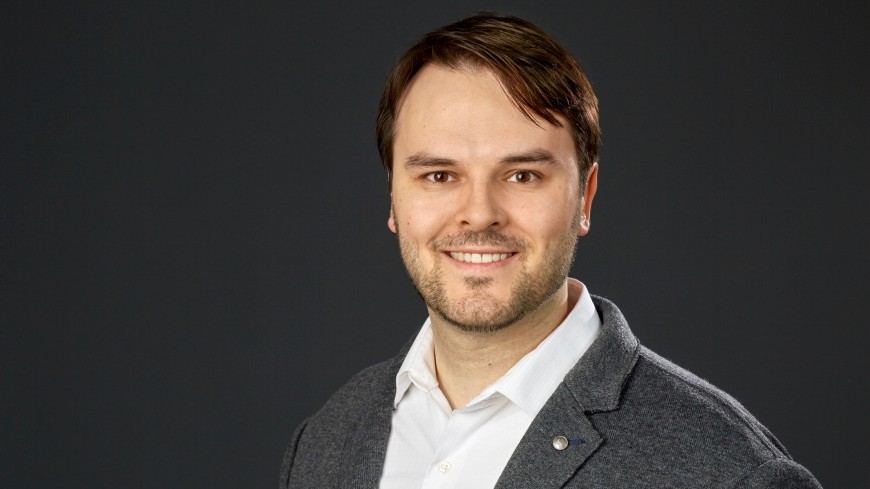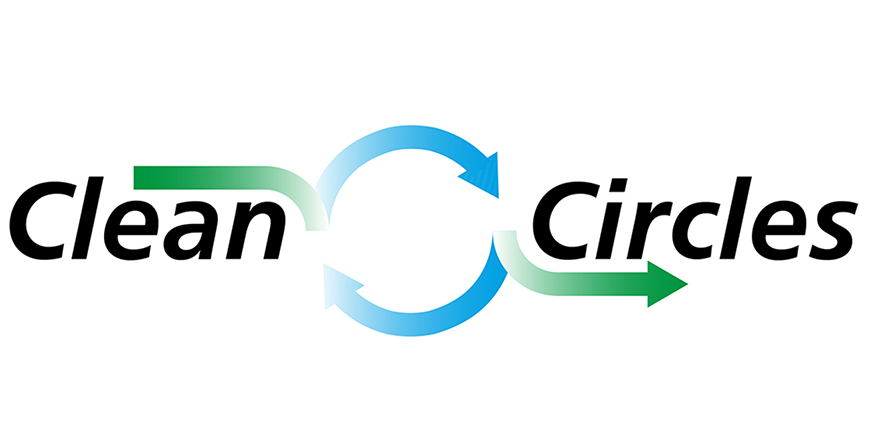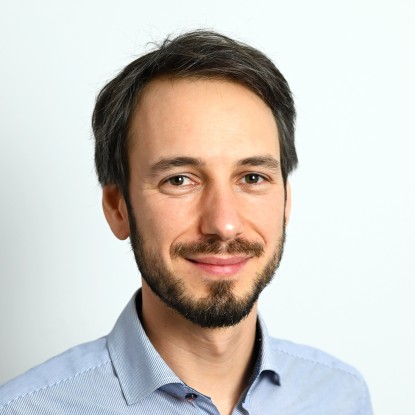Green energy production of the future
Hydrogen is a key technology for the “Athene Young Investigator” Arne Scholtissek
2021/07/31 by Astrid Ludwig
Dr.-Ing. Arne Scholtissek is carrying out research into sustainable energy provision. The new “Athene Young Investigator” at TU Darmstadt aims to make a contribution to replacing fossil fuels with green hydrogen in the near future. The engineer is working on, among other things, simulation models to make the hydrogen combustion process safer and more controllable.

Nothing happens in the world without energy. “Our well-being is closely intertwined with energy”, says the TU Darmstadt researcher Arne Scholtissek. “Yet our energy demands are ruining the environment”. This represents a clear conflict of interests for the 33-year-old scientist who has been working towards greater sustainability since his days as a student. Scholtissek already chose energy process technology as his specialisation for his bachelor’s degree at the Freiberg University of Mining and Technology. The new “Athene Young Investigator” (AYI), who received his doctorate at TU Darmstadt and today carries out research and teaches as a tenured lecturer in the Institute for Simulation of reactive Thermo-Fluid Systems, aims to make combustion processes more environmentally friendly and develop a sustainable energy supply system.
Green hydrogen from the sun and wind
Hydrogen could prove to be a problem solver of the future, according to the researcher. It is not the combustion process that is the crucial issue in energy generation “but rather the question of which substance I want to burn”, says Arne Scholtissek. The combustion or energetic utilisation of fossil fuels generates environmentally damaging carbon dioxide, which is why they will have to be replaced by sustainable fuels – such as hydrogen, which does not generate any CO2 when it is burnt, only water.
Scientists make a distinction between green hydrogen – generated using electrolysis with the aid of solar or wind power – and grey and blue hydrogen. Grey hydrogen is produced from methane gas and blue hydrogen is produced by extracting and storing the carbon dioxide using the carbon capture and storage method. “Green hydrogen is the good kind that we want to produce”, emphasises the AYI. Yet there are still some difficulties that need to be overcome with this type of hydrogen. This is because it is much more difficult and expensive to produce large quantities of hydrogen from renewable energies. “It will only become cheaper when demand and production increase”, explains the TU researcher. Hydrogen is also extremely reactive and tends to suffer from instability issues during combustion. Therefore, it is necessary to make hydrogen more controllable and thus safer before it can be used, for example, in gas turbines, cars or aircraft. And this is precisely the focus of Scholtissek’s research.
Understanding the processes
Dr.-Ing. Arne Scholtissek carries out basic research. He wants to simulate the hydrogen combustion process efficiently using a supercomputer at the university and in doing so develop models and tools that researchers and engineers can use in their work. “I want to give them the tools that will enable them to develop sustainable gas turbines”, he explains.
I want to give researchers and engineers the tools that will enable them to develop sustainable gas turbines.
Scholtissek believes that the funding as a “Athene Young Investigator” at TU Darmstadt will provide him with valuable support. “It will allow me to work independently and push forward my research themes.” He will now be able to supervise and mentor doctoral candidates more closely in the future and further expand his local and international network. Meetings, collaborations and research stays are important to the 33-year-old scientist. While he was studying for his degree and doctorate, he was able to gain a lot of experience at universities in Chile and France, as well as at Stanford and Princeton universities in the USA. “I was able to gather a lot of knowledge and take inspiration from each of them.”
He moved from Freiberg to Darmstadt with his doctoral supervisor in 2018. “It was an upgrade for me”, he says with a smile. TU Darmstadt is the ideal research environment for him – with lots of large, exciting projects. For example, he is now also a member of the “Clean Circles” cluster research project, in which TU Darmstadt is working together with the Karlsruhe Institute of Technology, German Aerospace Centre, Johannes Gutenberg University Mainz and Darmstadt University of Applied Sciences. This project also focuses on sustainable combustion. The project partners are testing whether iron can be used for an innovative, carbon-free electricity generation cycle. If they are successful, coal power plants could be converted in the future to generate renewable, carbon-free electricity.
TU Darmstadt has awarded the title of “Athene Young Investigators” to a further five outstanding young researchers at TU Darmstadt. We will present them to you in this short series of articles.
Published so far:
Generating new resources from biowaste: Dr. Vanessa Zeller is an expert in sustainability assessment

